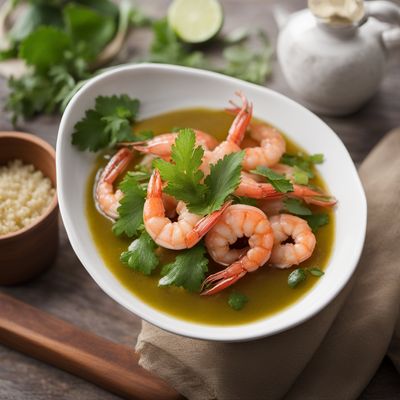
Ingredient
Cupuaçu
The Exotic Delight: Cupuaçu - A Tropical Treasure for Culinary Adventures
Cupuaçu, scientifically known as Theobroma grandiflorum, is a tropical fruit native to the Amazon rainforest. Resembling a large melon, it has a thick, woody rind that encases a creamy, aromatic pulp. The pulp is soft, juicy, and has a slightly acidic yet sweet flavor, reminiscent of a blend between pineapple, banana, and chocolate. Its texture is smooth and velvety, making it a delightful addition to various dishes and desserts. The fruit's appearance is striking, with its oblong shape, brownish rind, and white, fleshy interior filled with large seeds.
Origins and history
Cupuaçu has a rich history deeply rooted in the Amazonian culture. Indigenous tribes have been cultivating and consuming this fruit for centuries, considering it a sacred gift from the gods. Traditionally, the fruit was used to make refreshing beverages, jams, and desserts. In recent years, cupuaçu has gained popularity beyond its native region, becoming a sought-after ingredient in international cuisine.
Nutritional information
Cupuaçu is a nutritional powerhouse, rich in essential nutrients such as vitamin C, B vitamins, calcium, iron, and fiber. It is also relatively low in calories, making it a guilt-free indulgence.
Allergens
Cupuaçu is not commonly associated with allergies, making it a safe choice for most individuals. However, as with any food, it is important to be aware of personal allergies or sensitivities.
How to select
When selecting cupuaçu, look for fruits that are firm, with a slight give when gently pressed. Avoid fruits with blemishes, mold, or signs of decay. The rind should be intact and free from cracks. Additionally, a ripe cupuaçu will emit a pleasant, sweet aroma.
Storage recommendations
To maintain the freshness and quality of cupuaçu, store the whole fruit in a cool, dry place away from direct sunlight. Once opened, the pulp should be refrigerated in an airtight container and consumed within a few days.
How to produce
Cupuaçu trees thrive in tropical climates with high humidity and well-drained soil. While they can be challenging to grow outside their native habitat, amateur gardeners can attempt to cultivate cupuaçu in large containers or greenhouses, providing the necessary warmth, moisture, and shade.
Preparation tips
To prepare cupuaçu, cut the fruit in half and scoop out the pulp, discarding the seeds. The pulp can be enjoyed as is, blended into smoothies, used as a topping for desserts, or incorporated into sauces and fillings. Its creamy texture makes it an excellent ingredient for ice creams, mousses, and custards. Cupuaçu can also be used to add a tropical twist to savory dishes, such as marinades or dressings.
Culinary uses
Cupuaçu is widely used in Brazilian cuisine, particularly in desserts like mousses, truffles, and cakes. It can also be used to make refreshing beverages, such as juices and cocktails. Additionally, cupuaçu pulp can be incorporated into sauces, fillings, and glazes to add a tropical touch to various dishes.
Availability
Cupuaçu is primarily cultivated and consumed in Brazil, particularly in the Amazon region. It is also available in some specialty stores and online retailers that cater to international ingredients.
More ingredients from this category » Browse all
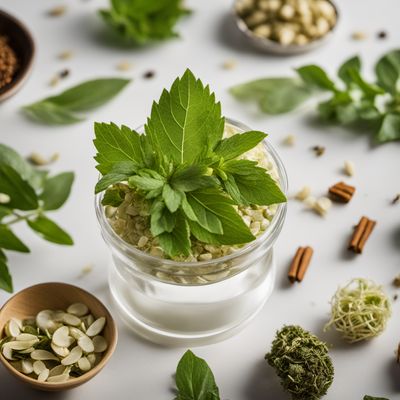
Other herbal infusion materials from any other parts of the plant
Botanical Brews: Exploring the World of Herbal Infusions

Soap-bark tree (infusion bark)
The Natural Cleanser: Soap-Bark Tree

Red sandalwood (infusion bark, wood)
The Scarlet Elixir

Sour cherry (infusion stems)
The Tangy Elixir: Sour Cherry Infusion Stems

Wild angelica (infusion fruits)
The Enchanting Infusion Fruits of Wild Angelica
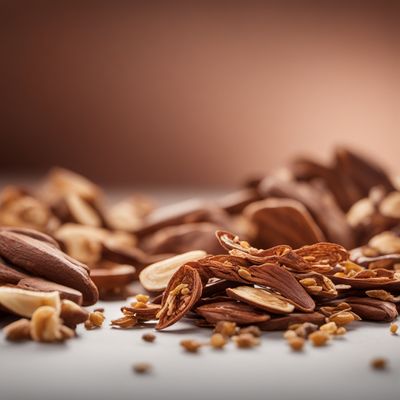
China (infusion bark)
Ancient Bark Elixir

Guarana (infusion seeds)
The Energizing Amazonian Seed

Fir (infusion shoots)
Exploring the Aromatic World of Fir Infusion Shoots
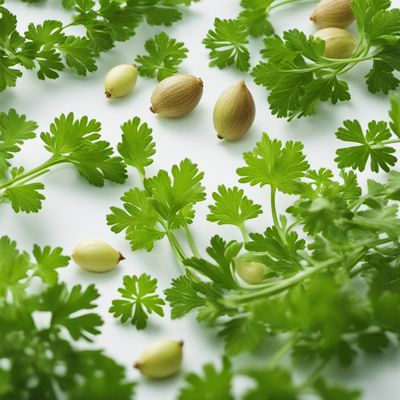
Parsley (infusion fruits)
The Versatile Herb: Unveiling the Infusion Fruits of Parsley

Fleawort (infusion seeds)
"Nature's Digestive Aid: Unveiling the Power of Fleawort Infusion Seeds"

Lignum vitae (infusion bark, wood)
"The Mighty Lignum Vitae: Nature's Healing Power"
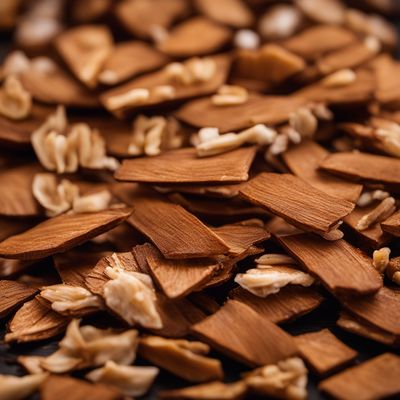
Quassia (infusion bark, wood)
Bitter Elixir from Nature's Pharmacy
